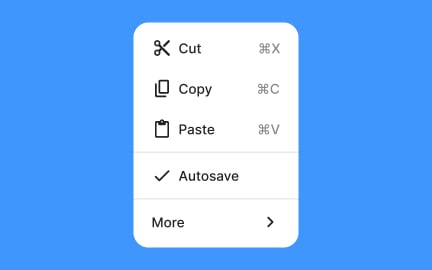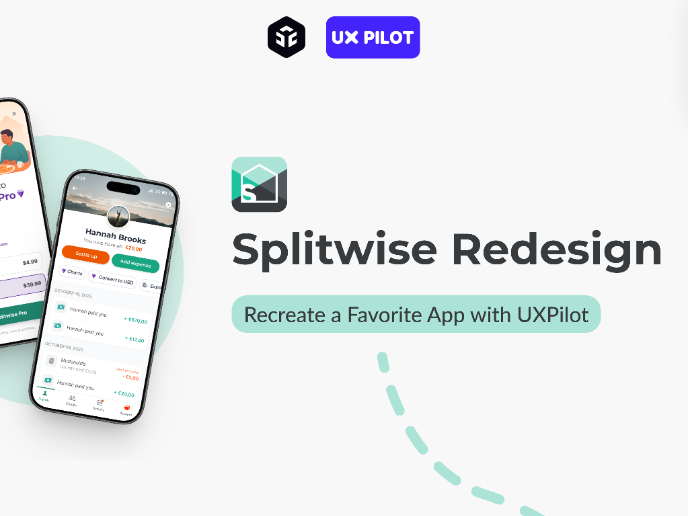Adaptability
Adaptability is the ability of a product, process, or team to adjust quickly to new conditions, requirements, or feedback.
Adaptability is a critical skill in both product management and UX/UI design. It refers to the capability to pivot or adjust strategies, designs, and workflows in response to evolving user needs, market shifts, or technical constraints.
In UX/UI, adaptability can mean modifying a design to fit new accessibility guidelines, updating components in a design system, or optimizing a flow after testing reveals usability issues. It ensures that designs remain relevant and effective over time.
For product managers, adaptability is about strategic responsiveness. This might involve re-prioritizing the roadmap when market conditions change, incorporating feedback from early adopters, or adjusting delivery timelines when dependencies shift.
Adaptability benefits from a culture of continuous learning. Teams that regularly review data, run experiments, and seek diverse perspectives are better positioned to make informed adjustments without losing focus.
However, adaptability does not mean constant change for its own sake. It requires balancing responsiveness with stability, so users can rely on consistent experiences while benefiting from improvements.
In practice, adaptability combines foresight, open communication, and a willingness to test and iterate, ensuring that products can thrive in dynamic environments.
Key Takeaways
- Essential for both design and product teams.
- Involves adjusting to new requirements or insights.
- Supports long-term product relevance.
- Balances responsiveness with stability.
- Encourages a culture of learning.
They are related, but adaptability emphasizes responding to change effectively.
Yes, constant changes without stability can harm user trust.
Through open feedback loops, data-driven decisions, and iterative practices.
Recommended resources
Courses

Building Agile Teams

UX Research

HTML Foundations
Lessons

Modifying Images in Figma

Best Practices for Assumption Testing









